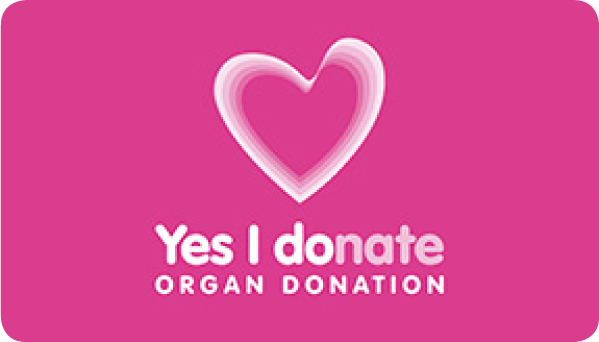HD Diet
Eating Less Potassium for people with Chronic Kidney Disease.
Introduction
Potassium (chemical symbol ‘K’) is a mineral found in many foods. The level of potassium in the body is normally controlled by the kidneys. The normal level of potassium in the blood is 3.5 – 5.3 mmol/L.
If your kidneys are not working properly, or if you are on certain medications, then the level of potassium in the blood can rise. This can be dangerous as it affects the heart muscle.
This is an introduction to controlling your potassium levels through your diet. This means making some changes to what you eat and drink.
Although you need to choose lower potassium foods and drinks, you should aim to continue a normal healthy diet as much as possible. All foods not mentioned here can be eaten as usual.
Is this a diet for life?
Some people will need to follow this diet in the long term, others for a short time only. You may not need to make all the changes listed here. At every clinic visit you should check whether you still need to limit your potassium intake and how strict you need to be.
Poor Appetite?
If you are not able to eat very much, the advice in this leaflet may be difficult to follow. It is important to eat enough to keep yourself healthy. You may need to see a dietitian.
Questions?
If you have any concerns or questions about your diet you should contact your doctor, nurse or ask to see a dietitian.
How can I eat less potassium?
Try the following steps:
- Avoid salt substitutes
- Choose lower potassium snacks
- Choose lower potassium drinks
- Control your fruit and vegetable intake
- Boil potatoes and other vegetables
If your blood potassium is still raised you should see your doctor or dietitian.
1. Avoid salt substitutes
Salt substitutes such as Selora, Lo Salt and Pan Salt are made from potassium salts and must not be used
2. Choosing snacks
- Reduce these high potassium snacks: potato crisps, nuts, dried fruit, Bombay mix, toffee, fudge, chocolate and liquorice.
- Lower potassium snacks choices include most fruit (see below), plain, jam or cream biscuits and cakes, crackers, croissants, boiled sweets and mints.
3. Choosing drinks
- Avoid potassium-rich drinks. These are chocolate and malted drinks, fruit and vegetable juices, smoothies, strong or espresso coffee.
- Instead drink plain, fizzy or flavoured water, fizzy drinks, squash (not the high juice varieties), tea or fruit teas.
- Limit to 1 to 2 cups of weaker filter or instant coffee daily.
- Limit milk to ½ pint (280ml) per day.
4. Fruit & vegetables
- Certain fruit and vegetables are richer in potassium so limit the following: bananas, dried fruit, avocado, okra, plantain, mushrooms, beetroot, spinach and tomato puree.
- Have up to 5 portions of other fruit, vegetables or salad each day. A portion is about 80g (3oz) or a handful of fruit or 2-3tbsp of cooked vegetables.
5. Cooking methods
- Try to boil potatoes, yams and other vegetables before eating. Some potassium is lost into the cooking water. You should throw this water away.
- When possible, boil vegetables before cooking further. For example, boil potatoes before roasting or when adding to stews, soups and curries.

The Department of Nutrition & Dietetics




